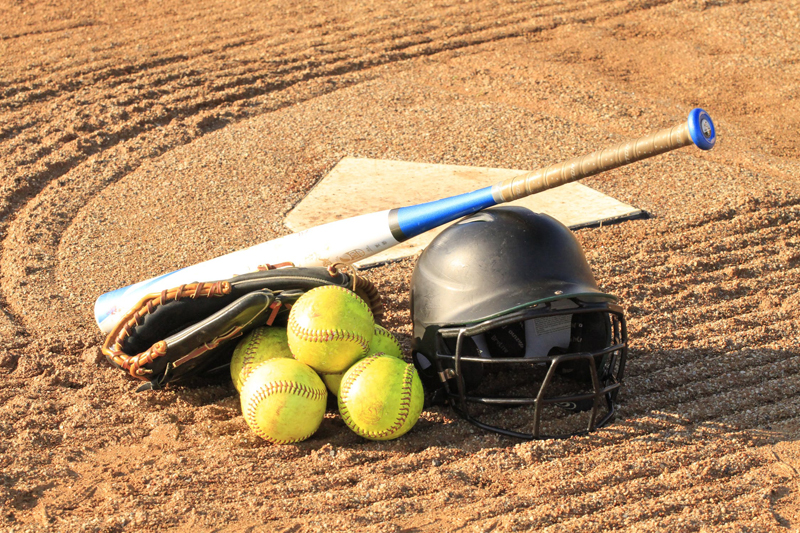Obstruction in Softball

Obstruction occurs when fielder does not have possession of the ball or is not in the act of fielding a ball but impedes the runner who is legally running between bases. Some examples from the ASA Rule book (citing Rule 8 and Rule Supplement #36) are
1) a fielder blocking the base without the ball. Contrary to how I was taught way back in the Civil War (block the base, catch the ball, make the tag), now players must catch the ball, then block the base and make the tag. A fielder should set up just outside the base path while waiting to receive the ball and then move to block the base.
2) a fielder making a fake tag on the runner.
3) a fielder obstructs or blocks a runner during a run down.
4) a batter swings but in the process hits the catcher’s mitt (specifically called “Catcher’s Obstruction”).
When obstruction occurs, the umpire calls a delayed dead ball by holding out his left hand in a fist straight out from his body. Generally, when obstruction is called, the runner cannot be called out between the two bases in which the call was made. The exception is if she left the base early on a fly ball, or left the base before the pitch was delivered, or if she interferes with a fielder. If an obstructed runner then interferes with a fielder, the interference takes precedent over the obstruction.
When a fielder obstructs a runner and the runner is then forced or tagged out at the base to which she was going, a dead ball is called and the runner is awarded the base. If she makes it to the safely to the base, and continues to advance to the next base, then she is no longer protected by the obstruction call. If the obstruction occurs during a run down, then the runner is awarded the base she would have made if there was no obstruction.
For a catcher’s obstruction, again a delayed dead ball is called. If the batter hits the ball and she makes it safely to first base, and all other runners advance safely at least one base, then the obstruction is cancelled and the play stands. If the batter does not reach first base or some other base runner does not advance a base, then the offensive coach can take either the result of the play or the award for the play. The award is that the batter goes to first base, and all runners who would be forced advance one base. All base runners that are not forced do not advance.
BellaOnline Softball Subject List: Coach´s Box, Health & Medical, History of Softball, International Softball, Organizations, Parents , Professional Softball, Reviews, Rules & Regulations, Scorekeeping, Stats & Analysis, Travel Ball |
This site needs an editor - click to learn more!
You Should Also Read:
Batter and Runner Interference in Softball
A Case Study of Interference versus Obstruction
Related Articles
Editor's Picks Articles
Top Ten Articles
Previous Features
Site Map
Content copyright © 2023 by Don McKay. All rights reserved.
This content was written by Don McKay. If you wish to use this content in any manner, you need written permission. Contact
BellaOnline Administration
for details.


